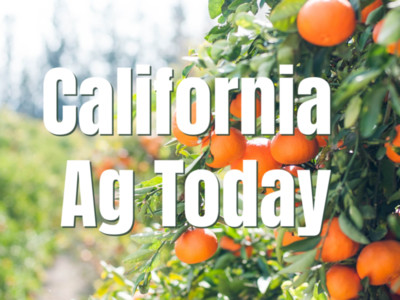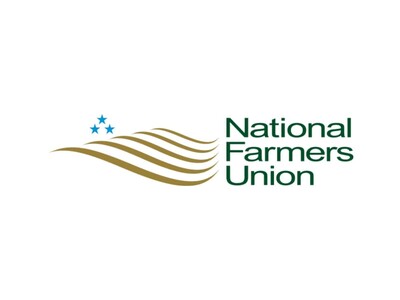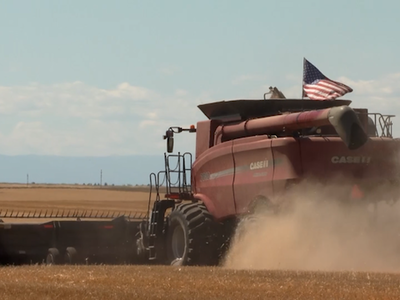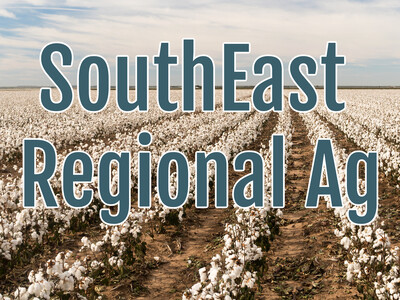California Citrus Challenges and Labor Contracts at West Coast Ports
From the Ag Information Network, I’m Bob Larson with your Agribusiness Update.**California growers normally enjoy harvest and fragrant orange blossoms this time of year, but last month’s flooding requires extensive cleanup and other challenges for the state’s top citrus-growing region.
Tulare County produces the state’s largest share of navel and Valencia oranges and mandarins.
Farmers are dealing with standing water in groves, mucky sediment and scattered driftwood across their lands.
More than 60% of the citrus crop has been picked, but the wet weather has resulted in missed export windows.
**The USDA is investing $40 million this year for 31 projects through its Conservation Innovation Grants.
One grant includes the Innovative Technologies to Reduce Beef Industry Greenhouse Gas Emissions project led by Colorado State University.
The investments emphasize adoption and implementation of climate-smart practices, including nutrient management, which helps producers manage nutrients and soil amendments to maximize their economic benefit while minimizing their environmental impact.
**The lack of a West Coast labor contract between the International Longshore and Warehouse Union and the Pacific Maritime Association could be dangerous, according to the Agriculture Transportation Coalition.
Shippers are moving cargo from the West Coast to East Coast ports, and Coalition Executive Director Peter Friedmann says that could be a permanent move.
U.S. agriculture's largest international markets are in the Asia Pacific, and the most direct route is through West Coast ports.













